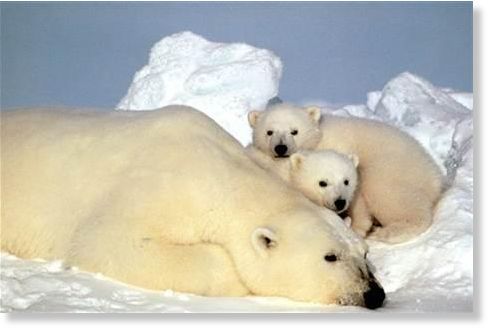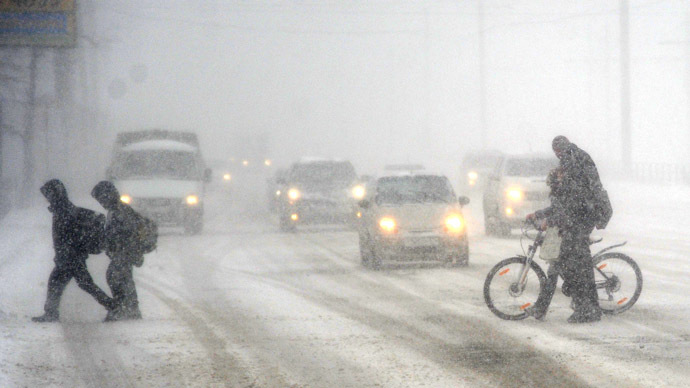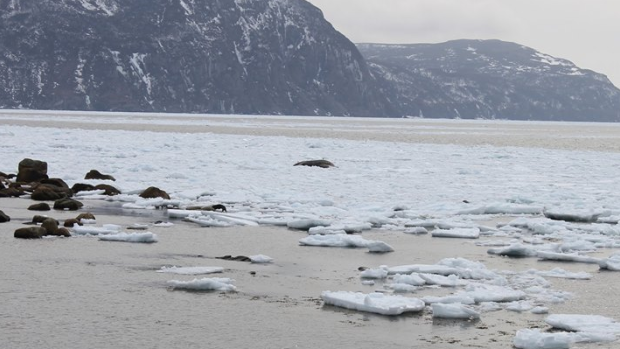Five meters of ice - about 16 feet thick - is threatening the survival of polar bears in the Southern Beaufort Sea region along Alaska's Arctic coast, according to Dr. Susan J. Crockford, an evolutionary biologist in British Columbia who has studied polar bears for most of her 35-year career.

Female polar bear with cubs.
That's because the thick ice ridges could prevent ringed seals, the bears' major prey, from creating breathing holes they need to survive in the frigid waters, Crockford told CNSNews.com.
"Prompted by reports of the heaviest sea ice conditions on the East Coast 'in decades' and news that ice on the Great Lakes is, for mid-April, the worst it's been since records began, I took a close look at the ice thickness charts for the Arctic," Crockford noted in her Polar Bear Science blog on April 18th.
"Sea ice charts aren't a guarantee that this heavy spring ice phenomenon is developing in the Beaufort, but they could be a warning," she wrote, noting that they "don't bode well" for the Beaufort bears.
"What happens is that really thick ice moves in because currents and winds from Greenland and the Canadian islands push it against the shore," Crockford told CNSNews.com.

